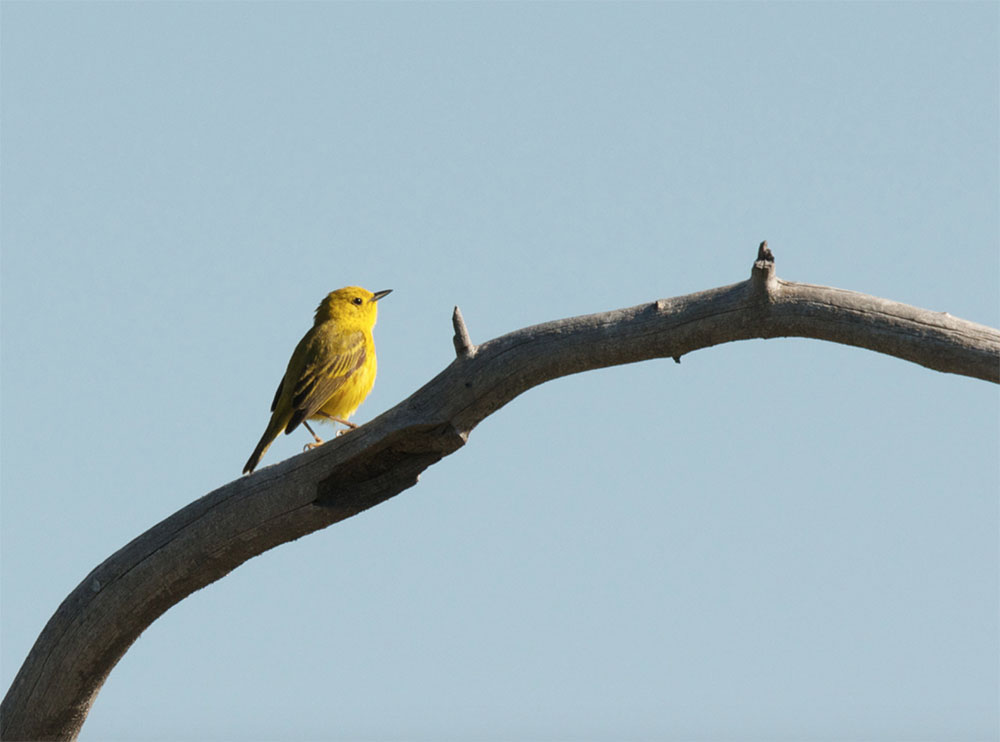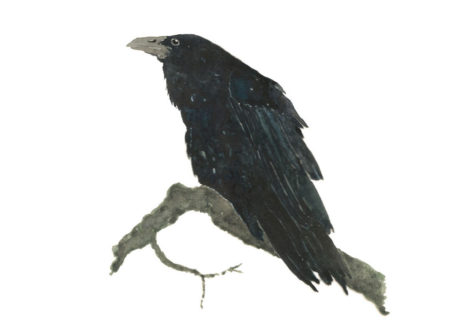
Raven
Extremely intelligent birds, ravens are omnivores, and are often seen sharing the carcasses of animals killed by wolves or coyotes. Ravens have been filmed doing things not essential to their survival, like carrying pieces of cardboard to the top of a roof, standing on it and sliding down. They are adept at opening packs on motorcycles when the rider is absent to get food. They know garbage bags in an open pickup truck bed might contain something to eat.
Ravens have been known to save items they find for later use, thus indicating they are intelligent enough to plan for the future. They are similar to crows, but smaller and crows favor warmer climates. Ravens are ubiquitous in the Rock Mountain states.
While similar to crows, ravens typically travel alone or in pairs, whereas crows stay in groups, interestingly called a “murder.” Ravens feed on rodents, insects, bird eggs, carrion and garbage. Ravens can live long lives. One captive raven on record lived to be 69 years old.
Magpie
Clever and raucous birds, magpies can be found in most habitats around the region. They live among the meadows, grasslands and sagebrush plains of the West. Their nesting territories often follow streams and waterways. Although they like open areas, they stay close to cover for protection from raptors.
Magpies feed on grain, insects, carrion and small mammals. They often raid other birds’ nests for eggs. Magpies seem to have no problem being around people and in developed areas. They’re commonly seen in backyards.
Conservation Challenges
Since 1966, the magpie population has decreased by 26 percent, due to the increased use of pesticides on the plains of North America. Partners in Flight ranks them 7 out of 20 on the Continental Concern Score. In the past magpies were persecuted by farmers, ranchers, and game managers who considered them to be vermin, but today they are fully protected under the Migratory Bird Treaty Act.
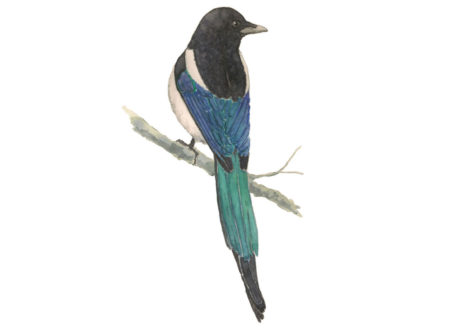
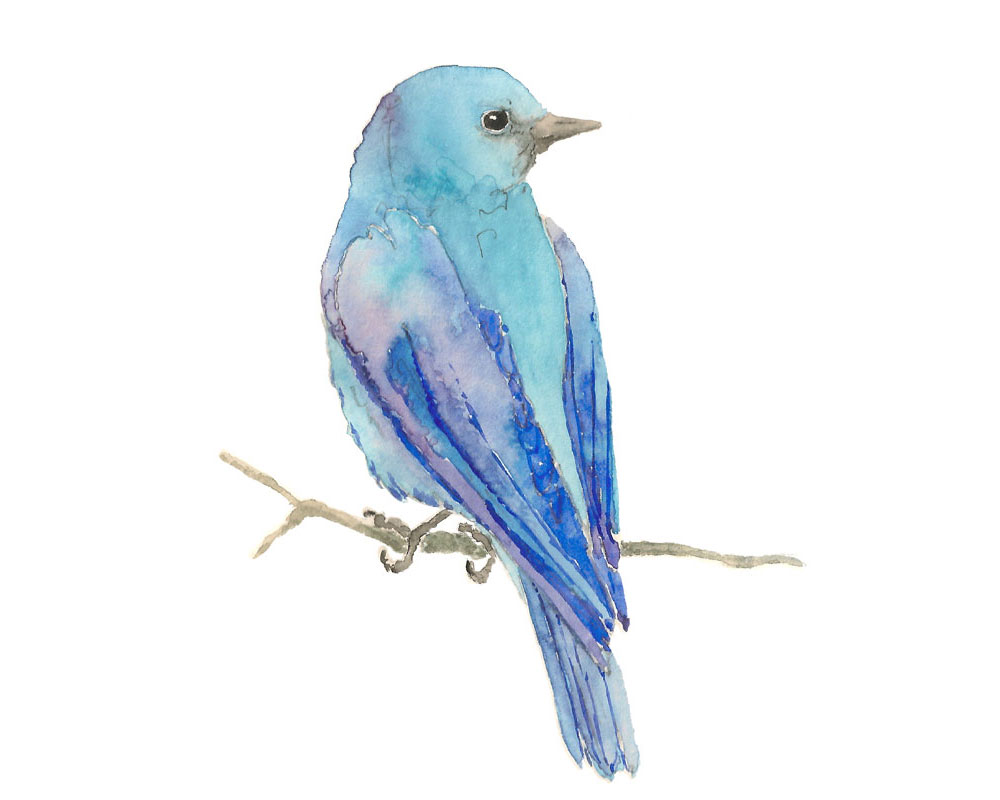
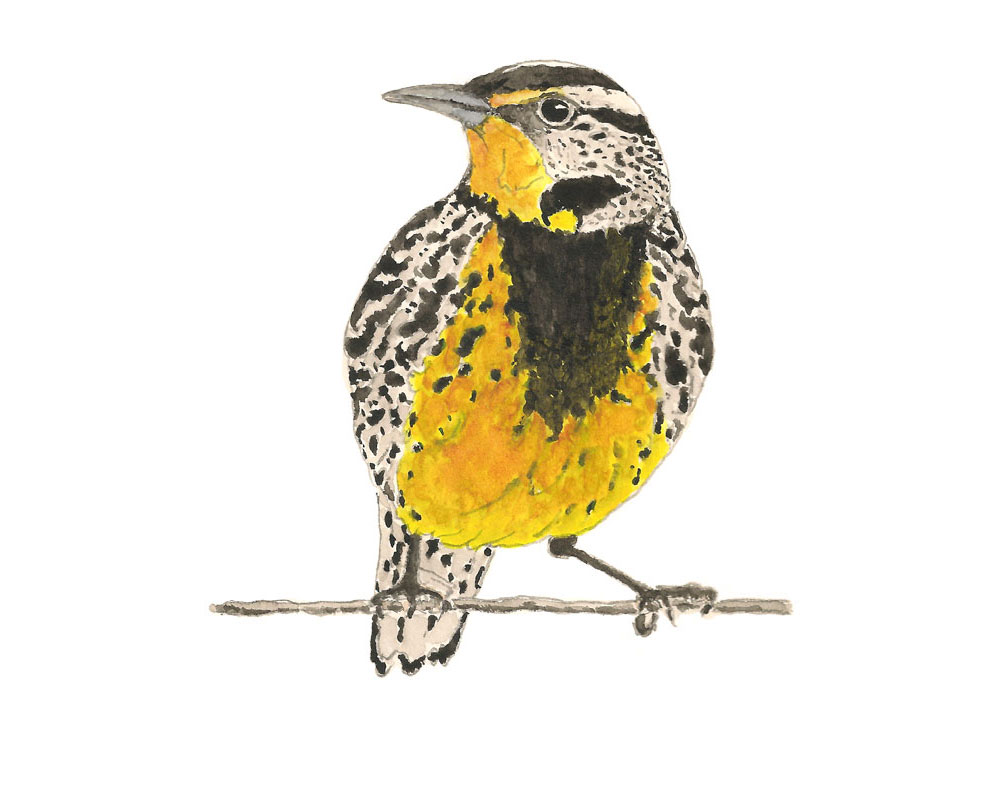
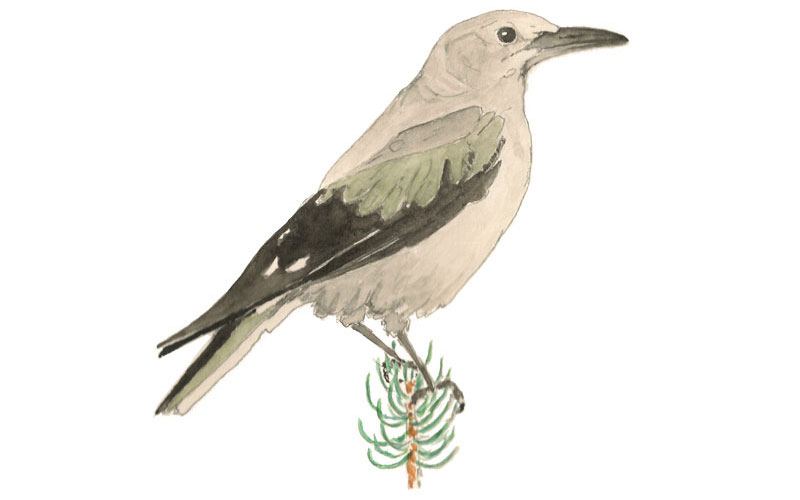
Conservation Challenges
Habitat destruction, climate change and pesticide use all have negative impacts on bird populations. As human impact on the landscape increases, the habitats in which these unique animals thrive become more limited and compromised.
